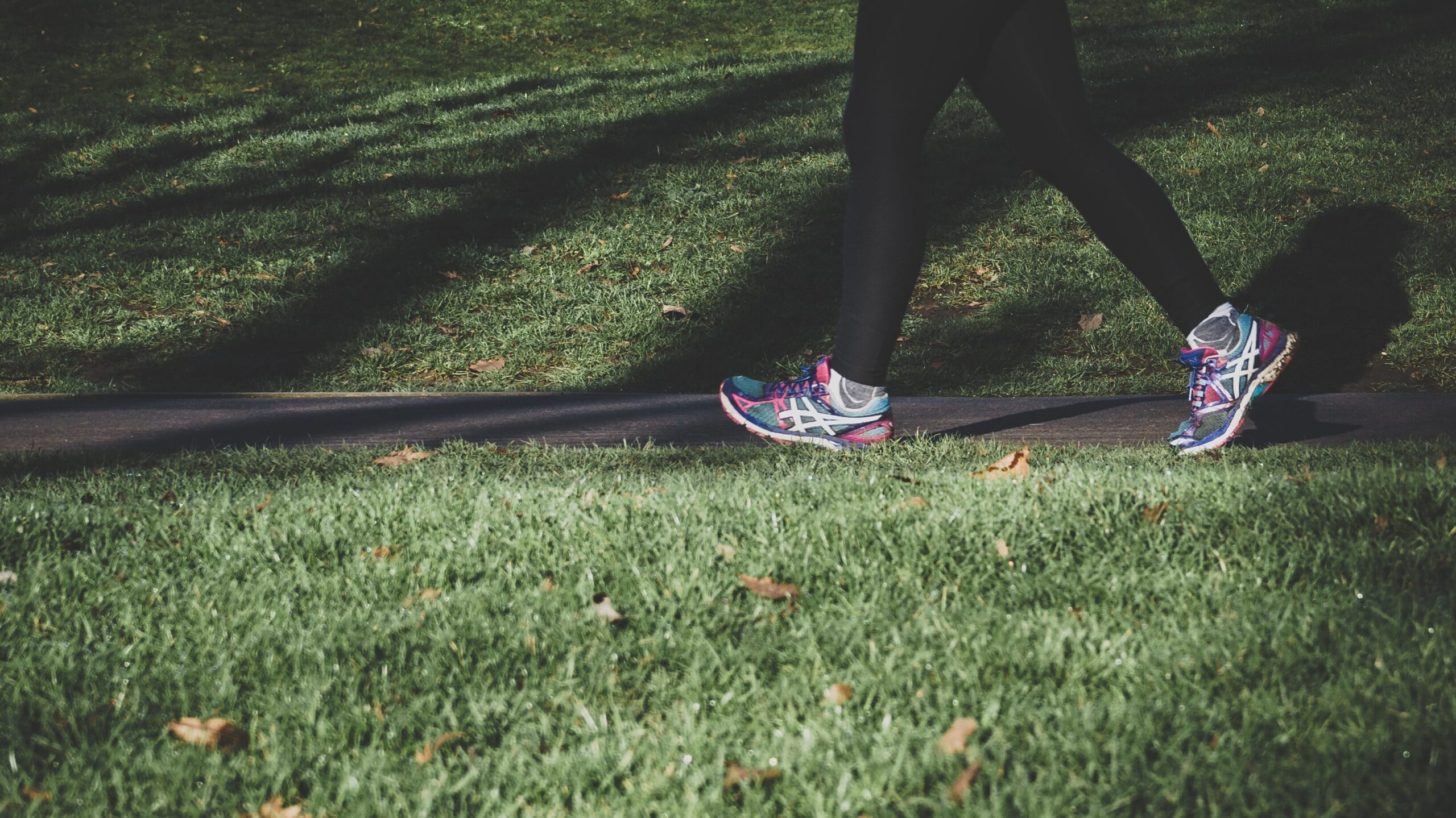New from the @EmoryCSHH News Team: Diemerging scientific insights into menstruation, learn about Scotland's decision to pause gender-related medications for minors, and explore why mental health and substance use disorders frequently remain untreated among parents on Medicaid.
The Secret to Staying Mobile While Aging: Mimic a Young Athlete
Paying attention to exercise, diet and supplements may help aging people combat sarcopenia, the loss of muscle mass
By Sammy Ramacher
Our population is rapidly trending older. People are living longer, but hospital care and medical research struggle to prevent the sudden drop in life quality that comes with old age and keep people physically strong so they can do daily tasks on their own. From new research emerges an answer: A July 2021 review published in the journal Geroscience finds a way to combat sarcopenia, the breakdown of skeletal muscles as a result of aging. It examines past studies and finds that mimicking what young athletes do to maximize their athletic performance can help people stay mobile as they age. These techniques include consuming more protein, timing protein and carbohydrate consumption, and using various supplements, all coupled with exercise.
Competitive athletic training is all about optimizing strength and energy. It is common for coaches to emphasize that diet and training compound over time to bring an athlete to victory. Sara Oikawa, a scientist at Pepsico and co-author of the Geroscience review, explains how this applies to geriatric care. “As we’re aging, as we’re losing muscle inevitably because that’s what happens with sarcopenia, it’s important to be able to attain that little edge,” she says. “That little edge means so much when every day we’re losing muscle mass.”

The review is a collection of studies that each examine a different aspect of skeletal muscle development, which can be used to get “that little edge”. For instance, consuming more protein affects young muscles and old muscles in the same way, with one exception. Older individuals need to consume even more protein than young athletes—40% more, to be exact—in order to maximize growth and recovery after exercise. This can be challenging because older individuals have much smaller appetites than young and active people, and simply don’t eat as much food. To compensate, the review suggests that they must eat proportionally more protein in their diet, and space it out throughout the day for the body to maximize absorption.
Additionally, supplements such as creatine, inorganic nitrate, and Omega-3 fatty acids can increase the duration—and thus, the benefits—of exercise.
Creatine allows skeletal muscle to work longer and harder during intense exercise, so that the muscle recovery during rest builds more muscle mass than without the supplement. Cited studies in the review found that it can even help older individuals have higher energy levels during exercise. Inorganic nitrate has similar benefits, and was actually proven in a study to be more effective with moderate exercise than with intense exercise (essentially, the type of exercise older people do). Omega-3 fatty acids help build better quality muscle that can withstand longer exertion. Maybe using these supplements helps older individuals do a few extra repetitions of an exercise, or walk an extra block along the road. In any case, longer workouts mean more calories burned and more muscle growth.
Because each of these techniques require activation of the skeletal muscles to properly work, proper exercise is extremely important. “When we look at nutrition we’re thinking ‘how can we get that little extra edge’, and it is just a little edge,” Oikawa says. “Exercise itself is going to be the main factor.”

Stuart Phillips, Director of Health Research and the Physical Activity Centre of Excellence (PACE) at McMaster University works with about 500 older community members on exercise and nutritional guidance. He explains that exercise strategies for young bodies work just as well on old bodies, but must be scaled down to the individual’s ability. “They’re ‘athletes’ in a sense that they’re looking to perform,” Phillips says, “but their performance isn’t gonna win them any gold medals. They’re definitely on the downslope [of physical health].” Phillips’s research on protein in athletes and in adults is referenced in Oikawa’s review. His work in PACE with dedicated older individuals is one example of the review’s findings being put into practice, and more importantly, working. “It’s really cool, it’s really fun,” he says. “It warms my heart to walk through [my gym] every day.”
According to Oikawa, it is important to note the shortcomings of this review. “As much as these findings do have the potential to be super beneficial for this aging population, it’s not going to work for everyone.” She says that “aging doesn’t start at 60, aging starts that day that you’re born. Everything that you did up until the age of 60 is going to impact how well or how much you respond to any intervention.” Not everyone who starts their fitness journey late in life will have the same baseline abilities, whether it is due to genetics or past lifestyles. As a result, some people may be able to intervene with sarcopenia later in life while it is too late for others.

The studies from which the review draws its conclusions were all performed on healthy—albeit, old—individuals, which fails to account for the current array of chronic diseases that plague our elderly population. For example, supplements may not help those who have heart conditions and can’t fully exert themselves. However, the impact can be great if people become more aware of how to maintain skeletal muscle early in life. “Because you are aging all the time, you have the potential between age 30 and 60 to really impact how well you’re going to age moving forward,” Oikawa says.
The next step in this area of focus is implementing those principles into geriatric care. Evidence from the 78 unique studies cited in this review all support high protein intake, supplementation, and exercise as ways to slow sarcopenia. Now is the time to apply these findings to medicine rather than conduct further research. Phillips’ gym is one place where this is happening, but more preventative action is needed to help start patients at a better baseline of skeletal muscle health. Oikawa mentions a specific program, called Exercise in Medicine, which helps primary care physicians learn how to prescribe exercise in an effective way. “I think that getting healthcare providers on board with exercise and nutrition is really important,” Oikawa says. “People put a lot of trust and care and faith into their healthcare providers. If your doctor tells you to do something, you’re probably more likely to do it.”
In order to support our rapidly aging population, we need to extend the period in which individuals can live independently. The quality of life for elderly individuals stays higher when they are able to maintain motor function. Prescribing exercise, taking supplements, and eating more protein are a few techniques that have high implications for success, and will help older generations have longer health spans. In Stuart Phillips’ words, “It’s a pretty laudable goal to say ‘we’re gonna keep you mobile, and that’s your gold medal.’”


